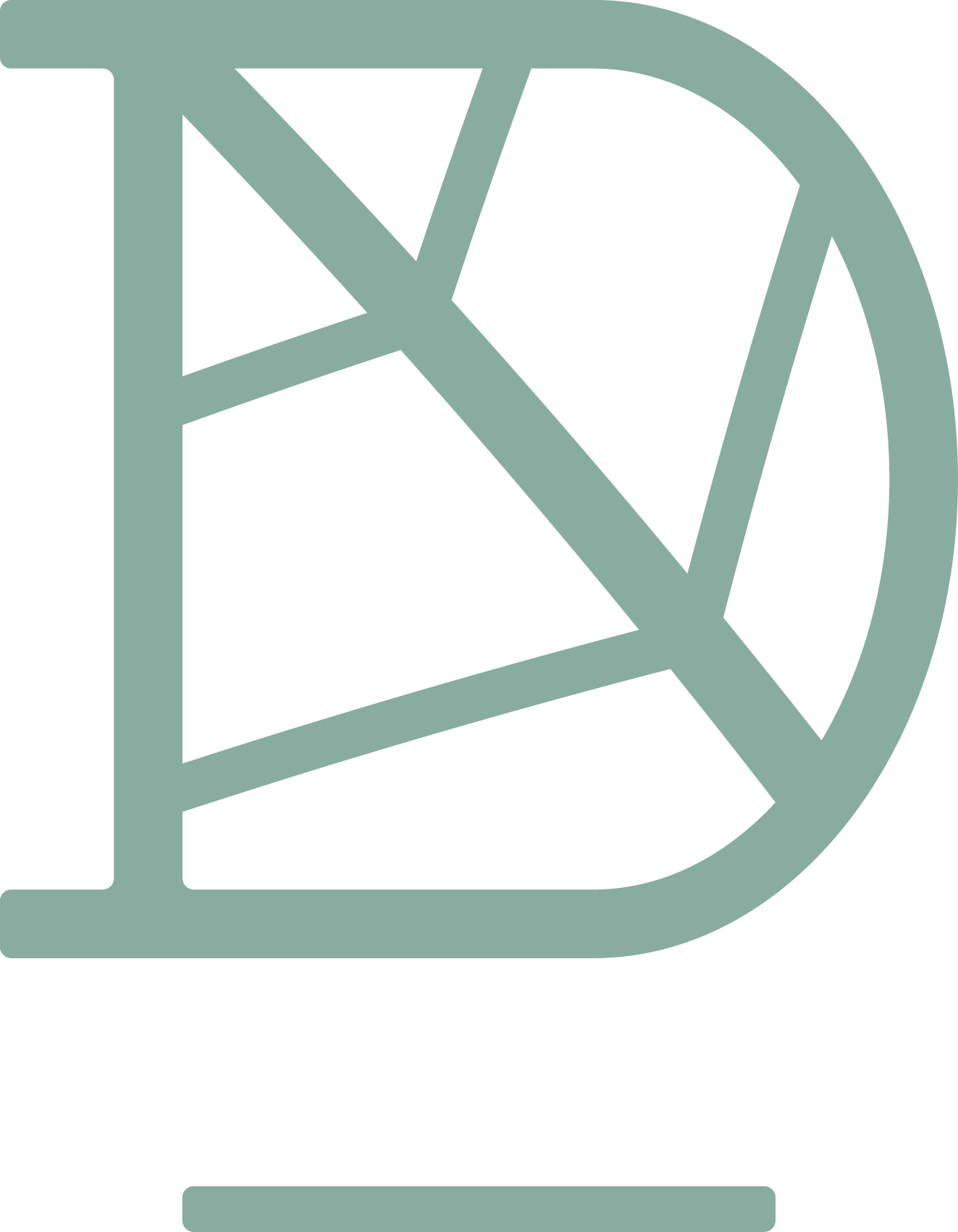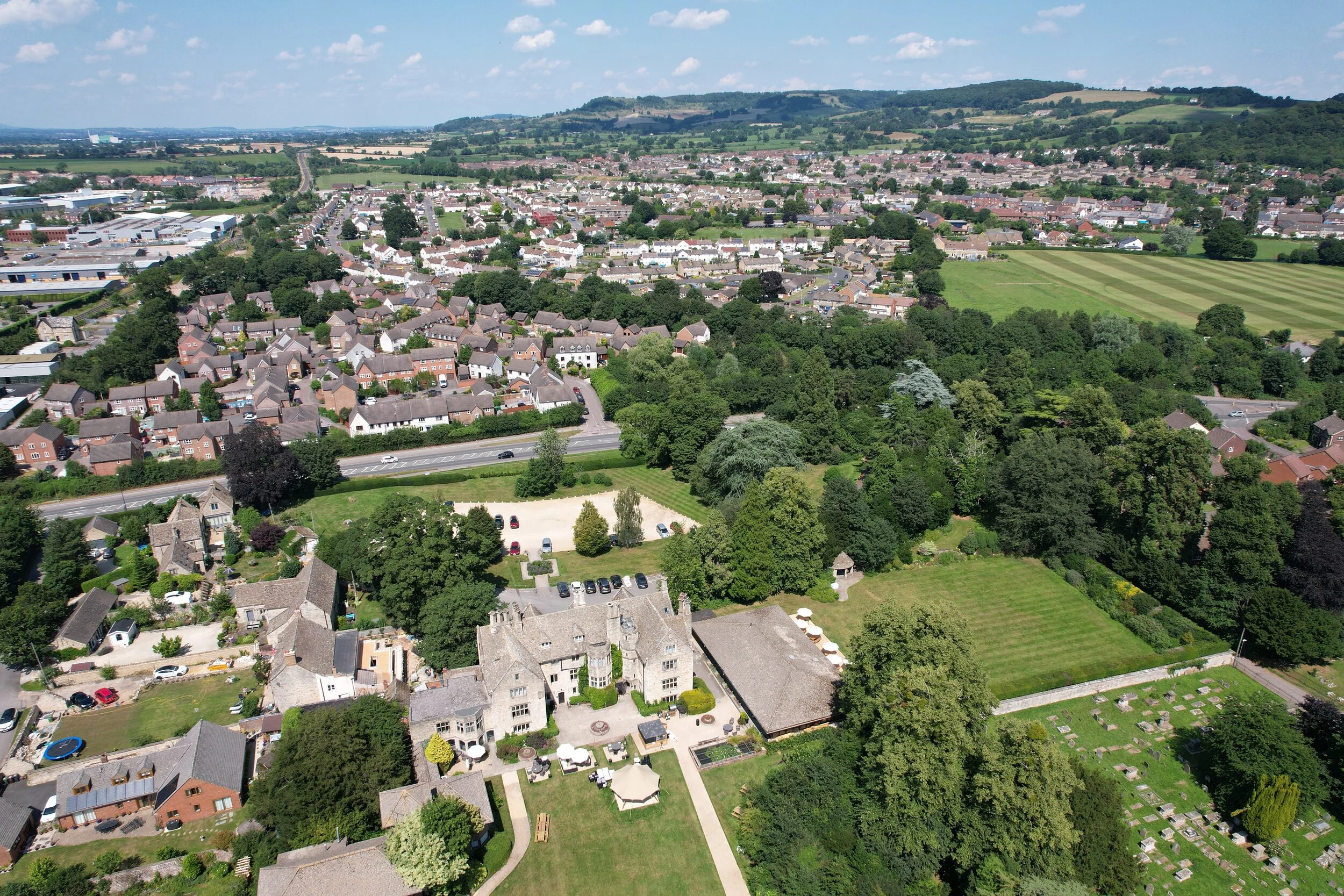Drone survey & Inspection
With the ability to reach even the most inaccessible places, our UAV (unmanned aerial vehicle) team use the latest drone technology to provide a wide range of drone surveys and inspections.
Drone Surveys are the quickest, safest and most cost effective way to survey at height. With 5.4k video technology and high photograph resolution, our professional drones can access the most awkward of places such as steep embankments and loose ground, to efficiently capture large amounts of data safely.
Our qualified drone pilot is also an approved Operator licensed under the Civil Aviation Authority regulations, as well as fully insured.
- Aerial Imaging
- Drone Filming
- 360° Panoramas
- Canopy Cover Surveys
- Woodlands Health Surveys
- Tree Mapping
- Roof Surveys
Safety & Privacy
Drones can be flown in many areas of open and ‘unrestricted’ airspace across the UK, but important restrictions and limitations apply if a drone is being flown outside. These conditions apply at all times of the day or night, and the framework applies to all types of unmanned aircraft.
Drone flights are classed into Categories according to the level of risk they pose to the public and other airspace users. The Categories dictate where drones of a certain weight and type can fly, and how close they can fly to uninvolved people, crowds and built-up areas.
Drone flights will fall into one of three categories, which are explained in more detail later in this document:
OPEN: UAS Operations which present low risk to third parties – further split into 3 subcategories: A1, A2 and A3. (mainly hobbyist/recreational use and some commercial use).
SPECIFIC: UAS Operations which are more complex or which fall outside the Open Category. (mainly commercial use and flights operating under a model flying club authorisation).
CERTIFIED: UAS Operations which are very complex, and which present the same high risk as ‘manned’ aviation.
In very simple terms: the higher the RISK involved in a drone flight, the more restrictions and limitations apply. Some restrictions and limitations apply to all drone flights and some only apply to flights within certain categories, involving drones of specific weights/types or drones flying for specific purposes.
This includes whether the Drone Operator needs to be registered with the CAA, whether the Remote Pilot needs to be registered or hold any flying qualifications, and whether insurance is required to operate the drone.
In law, the Operator is the person who is responsible for managing the drone and its operations (in most cases this will be the owner), and the Remote Pilot is the person who actually flies the drone. In some cases this will be the same person, but in other cases these will be different people. Where they are the same person, they must comply with the requirements of both the remote pilot and the UAS Operator.
Areas we cover
We cover most of the South East including Kent, Surrey, Sussex, London and Essex.






